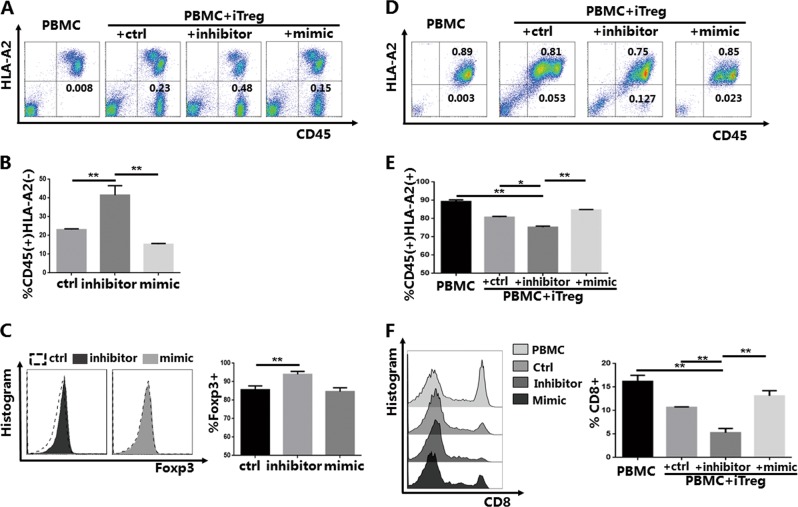Fig. 7. In vitro induced Tregs (iTregs) treated with miR-142-3p inhibitor have enhanced survival and function in the xenogeneic graft-versus-host disease (xGVHD) models.
Peripheral blood of xGVHD mice was collected on a given day for mice surviving in each group; CD45+HLA-A2− iTreg and CD45+HLA-A2+ peripheral blood mononuclear cells (PBMCs) were then measured and recorded. a Representative example of CD45 versus HLA-A2 staining of blood samples collected from mice of each group on day 7 (n = 5) after red blood cell lysis. b % CD45+HLA-A2− cells for samples from each group on day 7. c Representative example of forkhead box P3 (Foxp3) histogram and expression of iTregs from iTreg groups on day 7 (gated on CD45+HLA-A2−CD4+ cells). d Representative example of CD45 versus HLA-A2 staining of blood samples collected from mice of each group on day 21 (n = 3) after red blood cell lysis. e % CD45+HLA-A2+ cells of samples from each group on day 21. f Representative example of CD8 histogram and % CD8+ cells of PBMCs from each group on day 21 (gated on CD45+HLA-A2+ cells). The results shown are representative of two independent xGVHD experiments. (*P<0.05 and **P<0.01)

